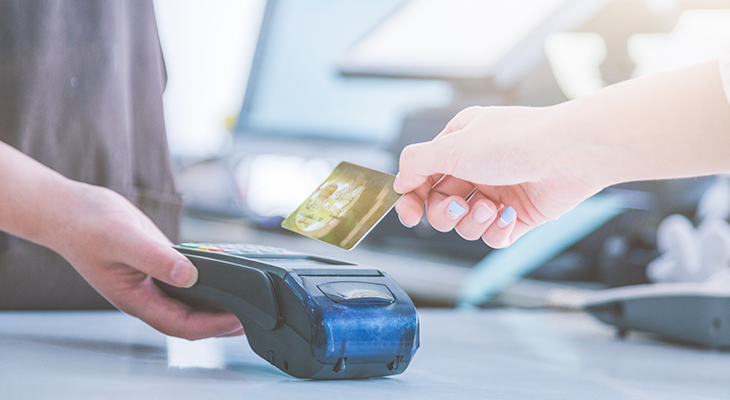
Gaining more insight into the bank's touchpoints through data
Billions of customers across the globe use POS or ATMs daily while enjoying their shopping, transferring money to their accounts, or getting cash for their everyday activities.
Financial institutions carefully monitor these very important touchpoints, while applying security measures in order to keep the money exchange safe. They need to make sure that each touchpoint offers the optimal experience to all customers regardless of the complexity of the transaction. Anything different will lead to a dissatisfied customer and/or lost revenue to a competitor.
ATM Data
The ATM network is one of the main interfaces of a bank towards its customers. Each ATM transaction contains data about the customer, the entire self-service network, the transaction’s performance, the geographic location, and many more pieces of information that can prove valuable for a financial organization.
ATM channel managers are aware that transaction data is valuable when it comes to improving customer experience, speeding up problem-solving and analyzing the channel’s performance. The efforts for retrieving and analyzing this data must be a priority for any bank as they provide information about:
- Customer engagement
- Payment systems
- Cash management
- Network optimization
Banks use analytics to predict ATM activity and analyze customer behavior. This way they can improve customer satisfaction and ensure seamless transactions especially during holidays or other special occasions. At the same time they can optimize their own network, minimizing costs and increasing operational efficiencies.
Security is also very important when it comes to ATMs and banks need to constantly identify potential threats, prevent attacks and respond with cybersecurity monitoring techniques and dedicated programs.
POS Monitoring
EFT-POS terminals are another - equally important - customer touchpoint for banks. And this network comes with a challenge: it is owned and hosted by merchant, thus somewhat out of the bank’s reach.
POS devices are also exposed to ingenious attacks and require increased security efforts. POS breaches happen when hackers interfere with the networks and steal sensitive data, such as debit and credit card numbers.
This decade has seen a lot of legislative efforts by countries that want to promote electronic payments versus cash, thus there has been an increase in the use of cards in payments. So when it comes to the banks’ relationship with their customers, the experience one has when using their card is essential, and the POS is usually the main channel used.
This is why every bank should closely monitor all transactions made on POS devices. Reports with details about volumes, failed transaction details and geographical location information can help banks improve their POS network performance and thus the overall customer experience when performing a card payment. .
A monitoring software should detect network issues, POS troubleshooting at the source, offer visibility on traffic, the overall network activity, authentication failures or indicators about potential network security risks.
Omni-channel Data
Each customer is expected to interact with their bank through a number of different channels, thus in order to understand the complete customer journey and improve customer experience a bank should be able to follow transactions across ATMs, POSs, Mobile Banking, Internet Banking or Messaging Middleware environments.
This way, they can get access to revealing information on what the customer is experiencing, how networks and applications are responding, and what the business value of each transaction is from a revenue or service perspective.








